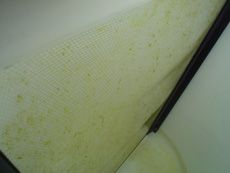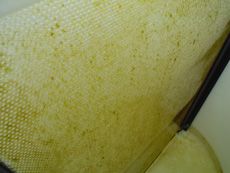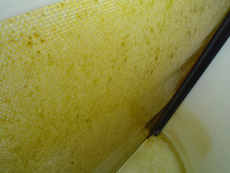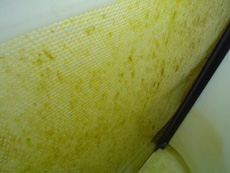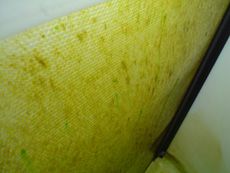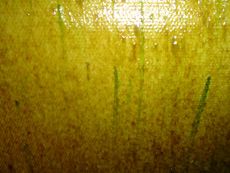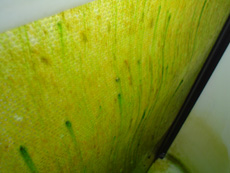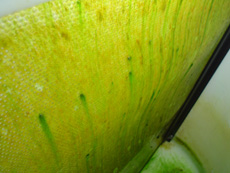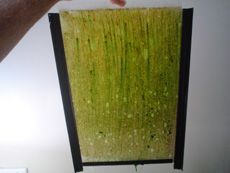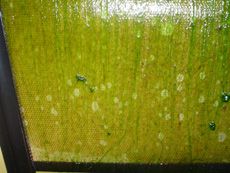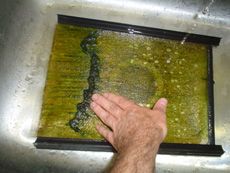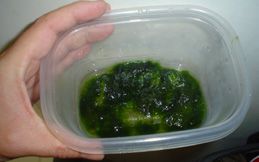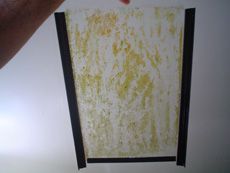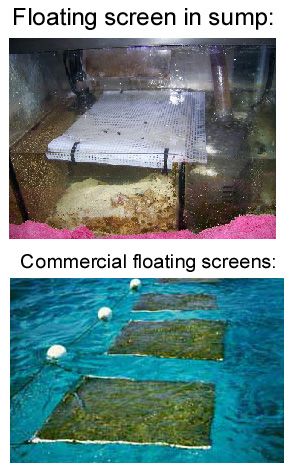I'm happy to report test results, but after they go to zero, there's not too much additional usefulness in reporting that. The nano test, for example, just hit zero P today (and that's after adding a half cube of mysis yesterday.) So unless the numbers change, we'll assume that N and P are zero, and that the fish and corals are not dieing

Superman:
I wasn't saying that the turf algae could release toxins to compete with corals, but that the toxins from the corals may or may not have some limiting effect on the turf algae. Cyanobacteria may be able to release toxins to compete with other photosynthetic organisms, though I do not have data to prove this
Allelopathics are certainly not handled by turf; I think most people use monthly carbon to deal with them, and I do/will too.
But in a most basic sense, it is much more easy to rely on a mechanical means of filtration (protein skimmer) as the heart of your filtration method than it is to rely on an organic means of filtration
I guess it really depends on what you mean by easier.
It is more difficult to know exactly what is going on in a plant than it is to simply inspect your protein skimmer and see that it isn't working properly.
Well in my usage so far, I of course judge effectivess by zero N and P, but as for visuals, I look to see how fast the green is growing. It can't grow without N and P and light and flow. On the nano, for example, the addition of the half cube of mysis yesterday caused the screen to overflow with green today (which I cleaned; of course if the screen were the proper size, I could wait a week.)
A good protein skimmer can effectively get your butt out of a bind in the case of a spawning event which dumps loads of nutrients into the water. Or in the case of accidental foreign chemical addition it may be able to pull the chemical out (depending on the chemical)
I'd agree here. If that happened I'd have to connect up my skimmer, but I'd have to be here to do it.
A protein skimmer improves the oxygen exchange between the air and water
So does turf, especially with a fan. And turf cools the water, and adds oxygen.
in some circumstances can die off and leach previously stored chemicals back into your tank.
Algae can't die if it's getting water, light and nutients. Unless you turn off the flow to the turf for many hours, or turn off the light for two days, it can't die. If either of these did happen (like my 6-hour water shutdown), the re-entry of N and P back into the tank is very gradual, over a period of a few days. You'll know way way in advance, and remove and scrub the turf of dead stuff, before this actually happens. In comparison, when my skimmer cup overflowed (about 30 times in two years), all of the contents poured back into the sump immediately.



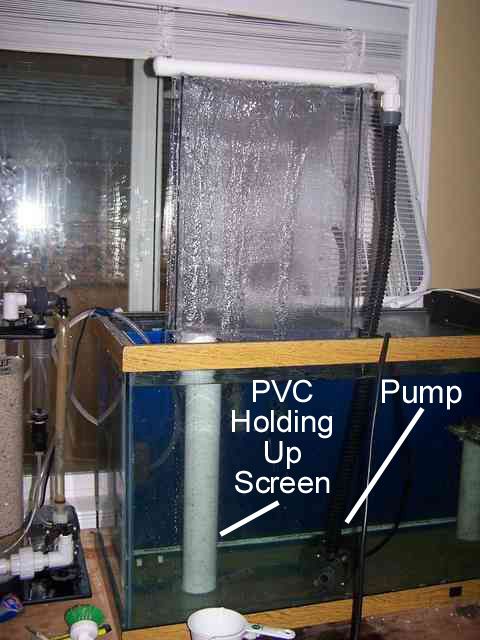
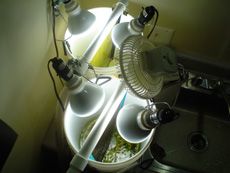
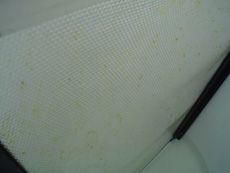
 /www.radio-media.com/fish/ScreenBuildDay2.jpg
/www.radio-media.com/fish/ScreenBuildDay2.jpg